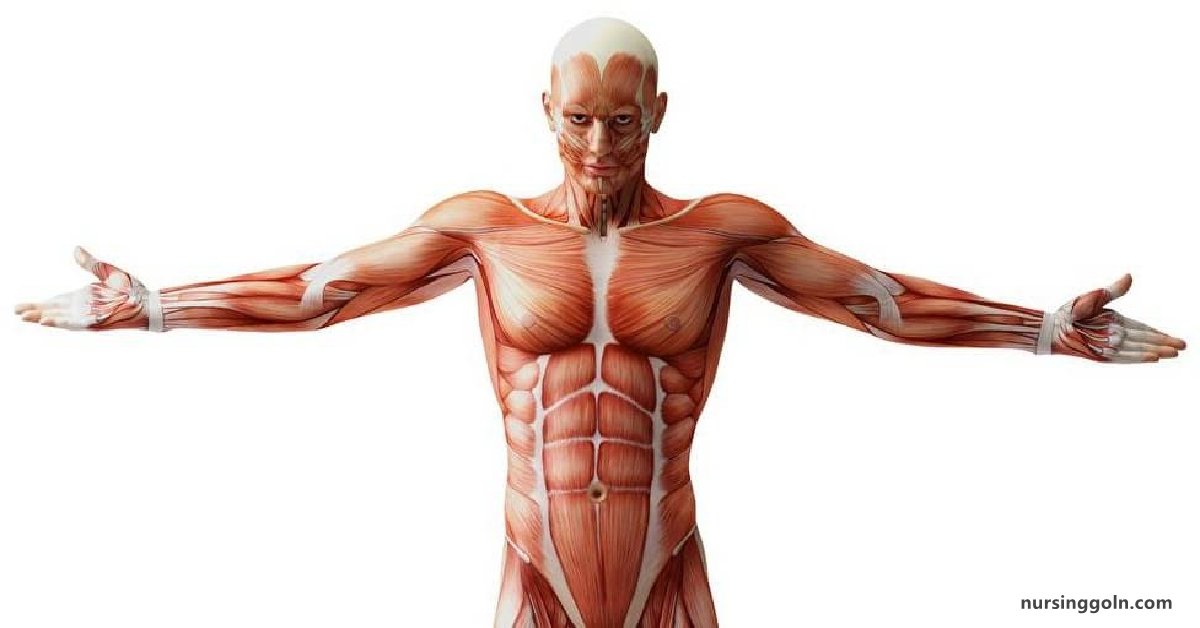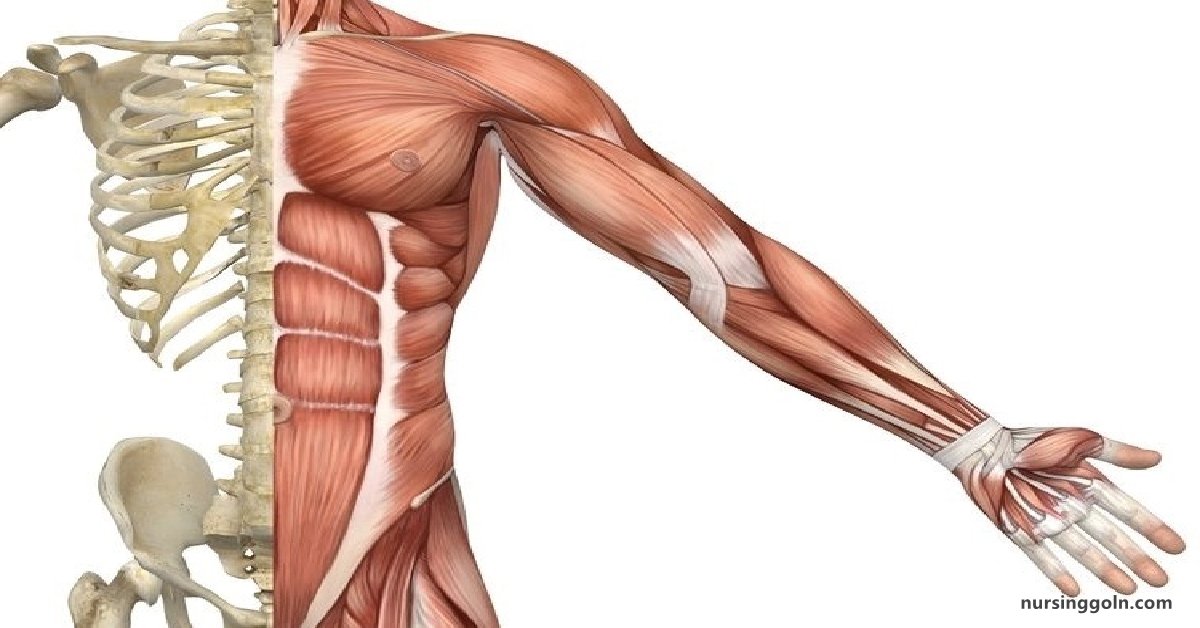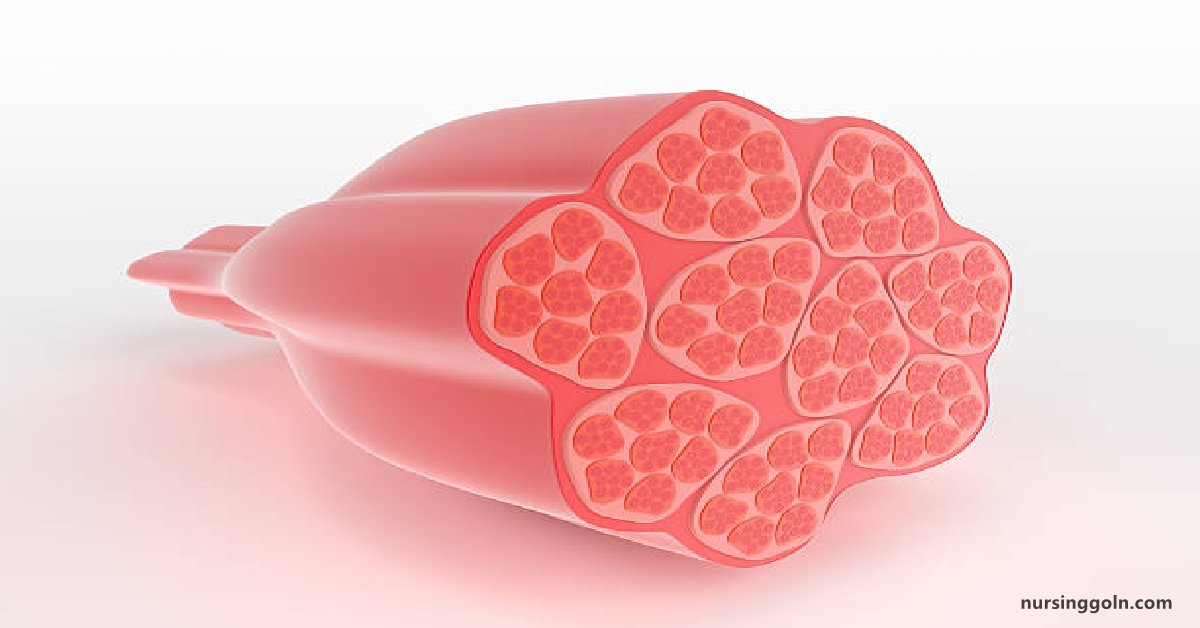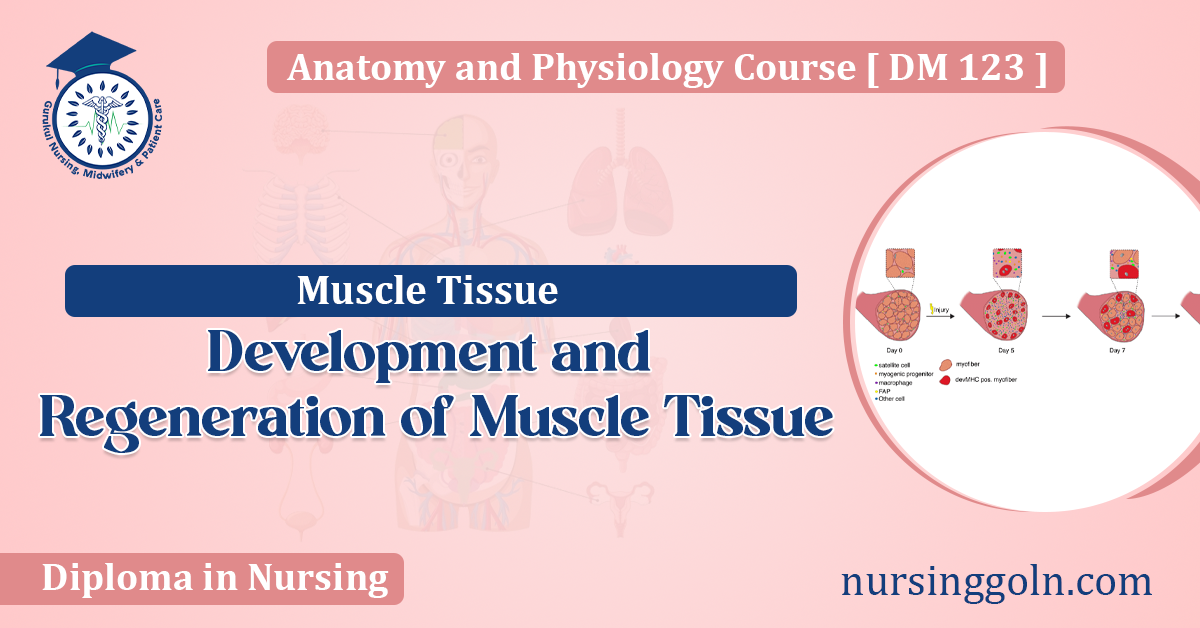Today our topic of discussion is ” Development and Regeneration of Muscle Tissue “. Muscle tissue is a crucial component of the human body, responsible for producing movement, maintaining posture, and a variety of other physiological functions. From the earliest embryonic stages to adulthood, and even during injury recovery, muscle tissue undergoes intricate processes of development and regeneration. This article delves into the life cycle of muscle tissue, illustrating how muscles evolve and heal over time.

Development and Regeneration of Muscle Tissue: Human Muscle Tissue
1. Introduction to Muscle Development and Regeneration
Muscle tissue, primarily classified as skeletal, cardiac, or smooth muscle, is continually undergoing changes in response to genetic programs, external stimuli, or injury. Understanding these processes is key for therapeutic interventions and for grasping human physiology’s broader context.
2. Myogenesis: The Birth of Muscle
Myogenesis refers to the formation of muscle tissue, particularly skeletal muscle, during embryonic development.
- Mesoderm Formation: During early embryonic development, the mesoderm, one of the three primary germ layers, gives rise to precursor muscle cells.
- Myoblasts: These are the early progenitors of muscle cells. They proliferate, align, and eventually fuse to form multinucleated muscle fibers.
- Formation of Primary and Secondary Myotubes: Primary myotubes form first, followed by secondary myotubes that surround the primary structures. These gradually mature into functional muscle fibers.
3. Cardiac and Smooth Muscle Development
While the principles of myogenesis apply to all muscles, there are distinctions:
- Cardiac Muscle: Cardiomyocytes (cardiac muscle cells) arise from the mesoderm and primarily proliferate to grow the heart during embryonic development. Unlike skeletal muscle, cardiomyocytes do not fuse.
- Smooth Muscle: Originating again from the mesoderm, smooth muscle cells differentiate and multiply in areas like the gut, blood vessels, and respiratory tract.

4. Growth Factors and Molecular Signals
Various growth factors and signaling pathways orchestrate muscle development:
- MyoD and Myf5: These are master regulator genes essential for myoblast determination and differentiation.
- Mrf4 and Myogenin: Involved in the later stages of muscle differentiation and maturation.
- IGF (Insulin-like Growth Factor): Promotes muscle growth and plays a role in muscle repair.
5. Postnatal Muscle Growth and Adaptation
Once we are born, our muscles grow primarily through hypertrophy (increase in cell size) rather than hyperplasia (increase in cell number).
- Satellite Cells: Residing between the muscle fiber membrane and the surrounding basal lamina, these adult stem cells play a pivotal role in postnatal muscle growth and repair. In response to stimuli like exercise, they can proliferate, differentiate, and fuse with existing muscle fibers or form new fibers.

6. Muscle Regeneration: Healing after Injury
Muscles possess a remarkable ability to repair:
- Inflammatory Response: After injury, an acute inflammatory response is initiated, attracting immune cells to the damaged site.
- Activation of Satellite Cells: These cells are awakened from their quiescent state, proliferate, and then either return to dormancy or differentiate to replace damaged fibers.
- Fibroblasts: These cells deposit extracellular matrix components to support the regenerating tissue.
- Maturation and Remodeling: Over time, the regenerated muscle tissue matures and integrates with the surrounding healthy tissue.
7. Factors Influencing Regeneration
Muscle’s regenerative capacity can be influenced by:
- Age: Muscle regeneration efficiency declines with age, partly due to decreased satellite cell function and number.
- Nutrition: Adequate protein intake and certain nutrients can support muscle repair.
- Hormones: Testosterone and growth hormone can enhance muscle repair and growth.

8. Therapeutic Implications
Understanding muscle development and regeneration has clinical significance:
- Muscle Dystrophies: These are genetic disorders where muscles weaken and degenerate. The research aims to harness the power of satellite cells and growth factors for therapeutic interventions.
- Age-related Muscle Wasting (Sarcopenia): As we age, muscle mass and strength decline. Targeting muscle regeneration pathways might help counteract this condition.
9. Future Perspectives
Emerging fields like tissue engineering and gene therapy hold promise for muscle tissue disorders. With advancements in stem cell research and molecular biology, there’s potential for groundbreaking treatments in muscle repair and regeneration.
10. Conclusion
The processes of muscle development and regeneration highlight the body’s intricate design and adaptability. From the earliest embryonic stages to post-injury repair, the symphony of cellular events ensures our muscles function effectively throughout our lives. As science continues to unravel these complex processes, the horizon for muscle-related treatments and therapies expands, offering hope to those affected by muscle disorders.
Read more:
